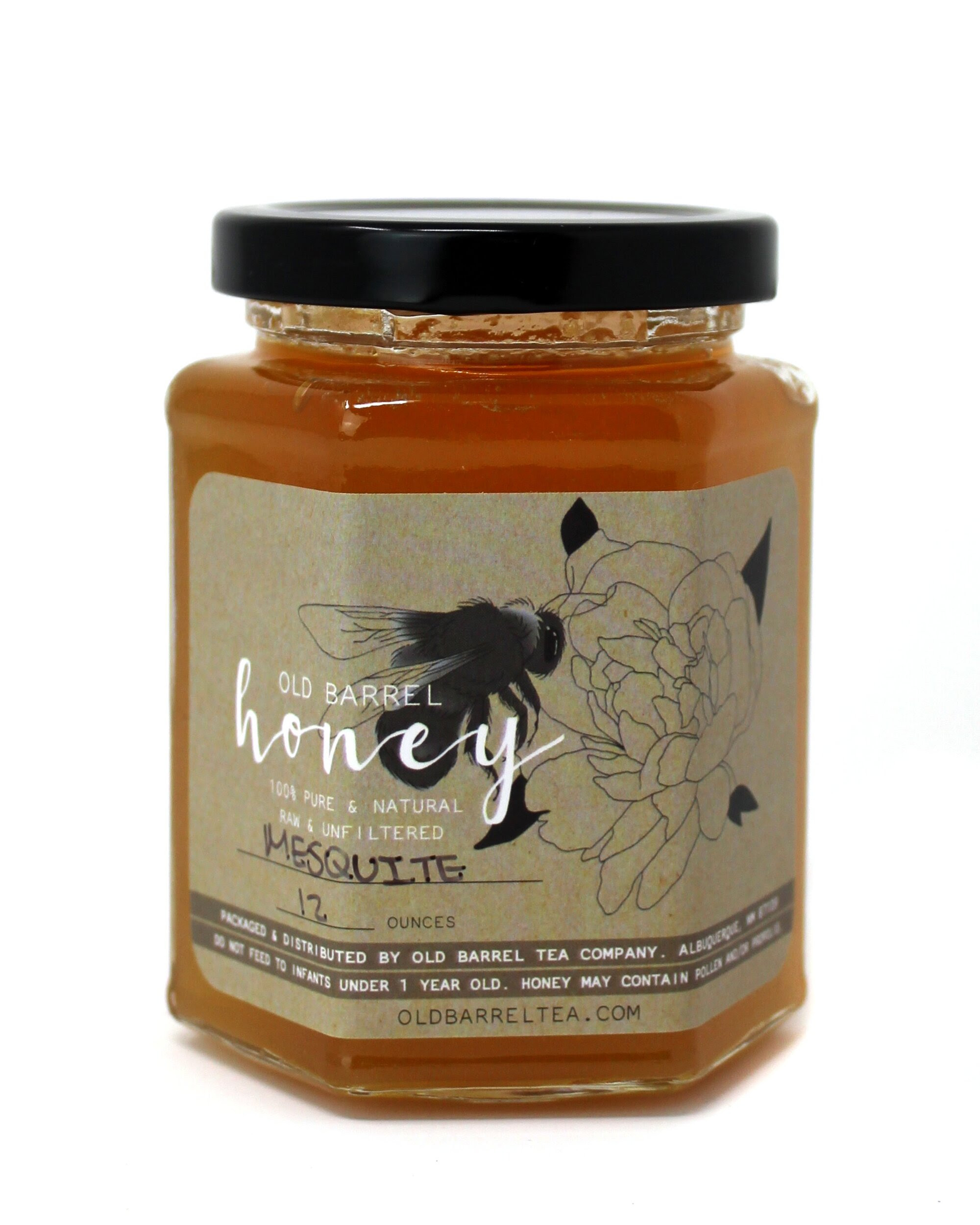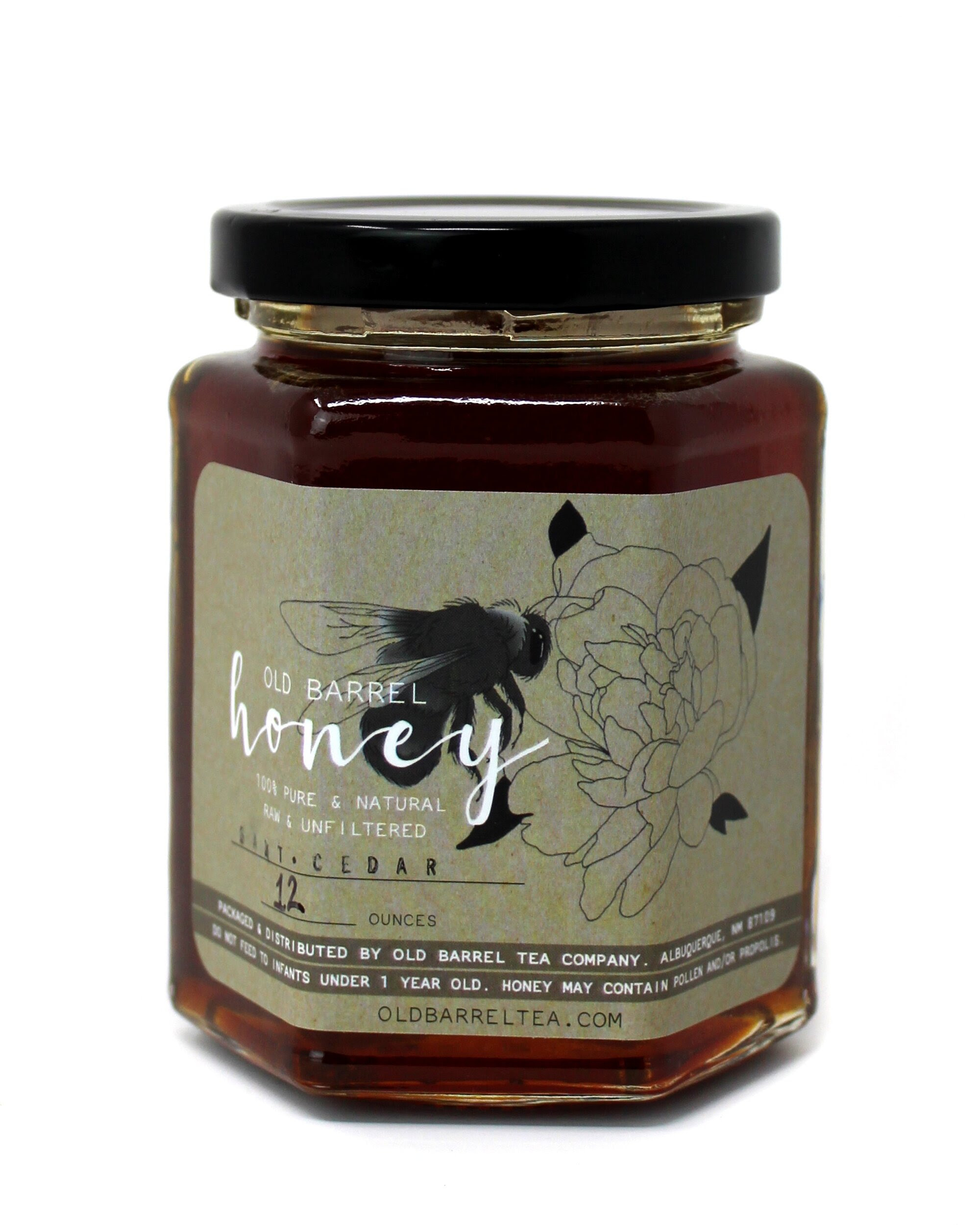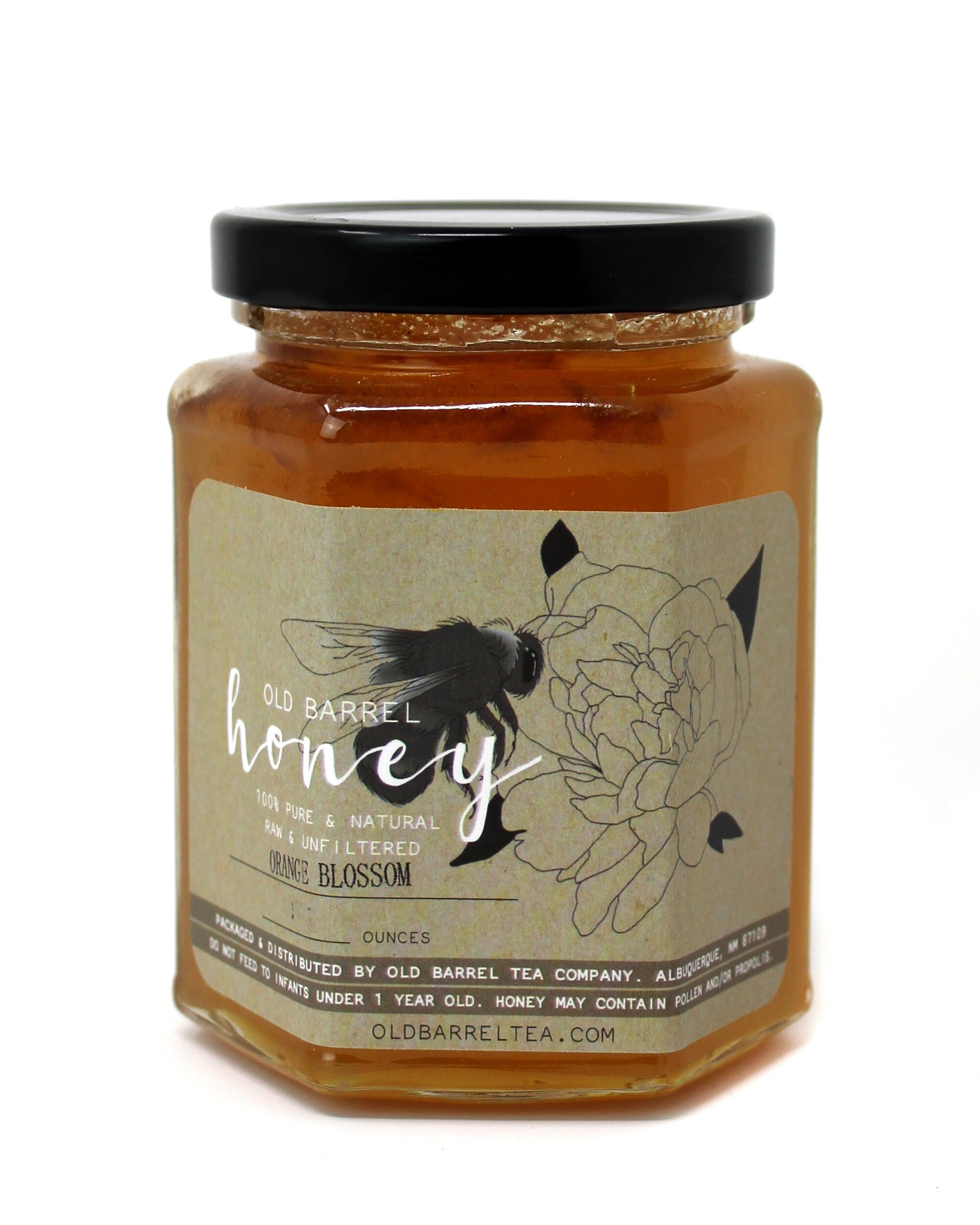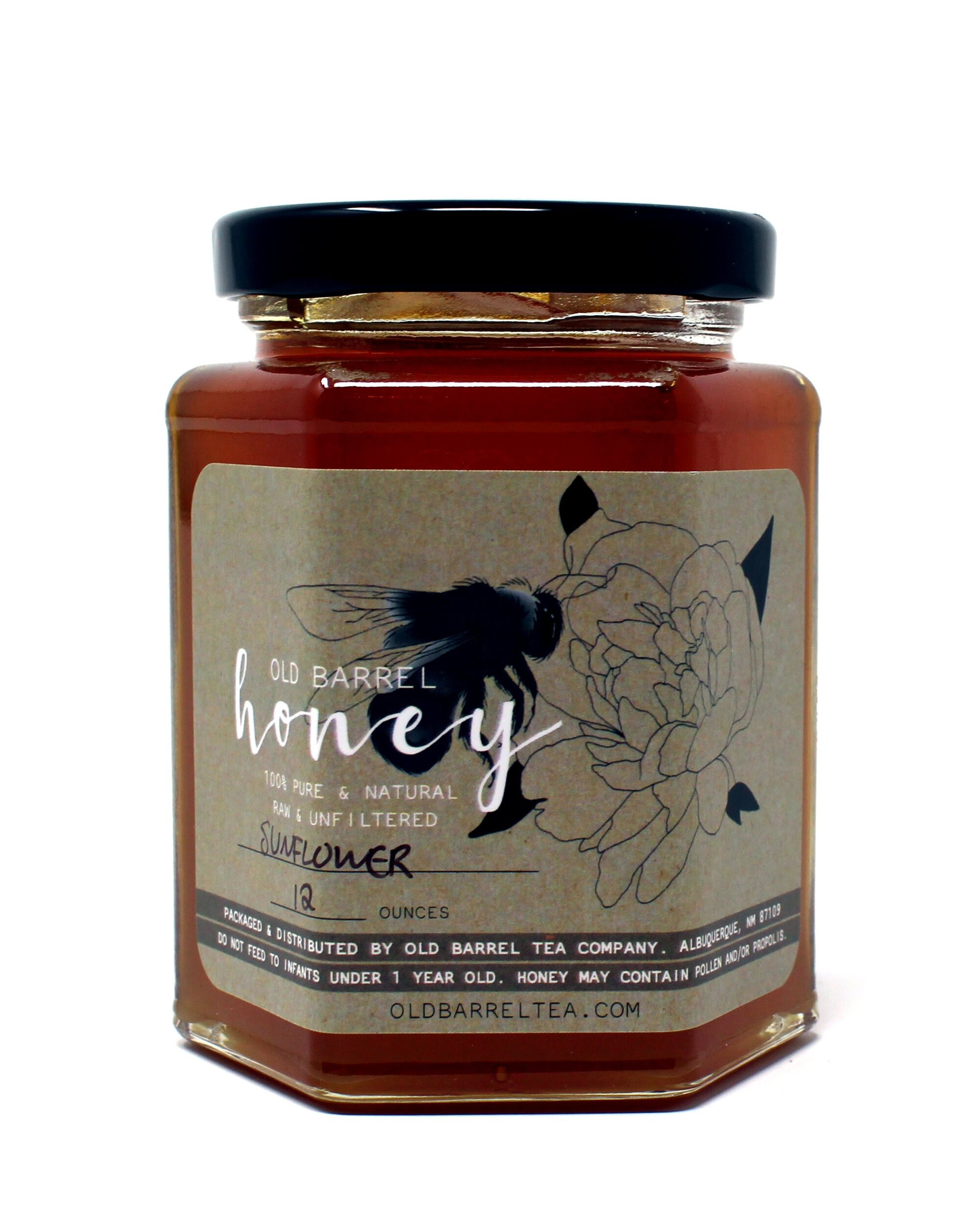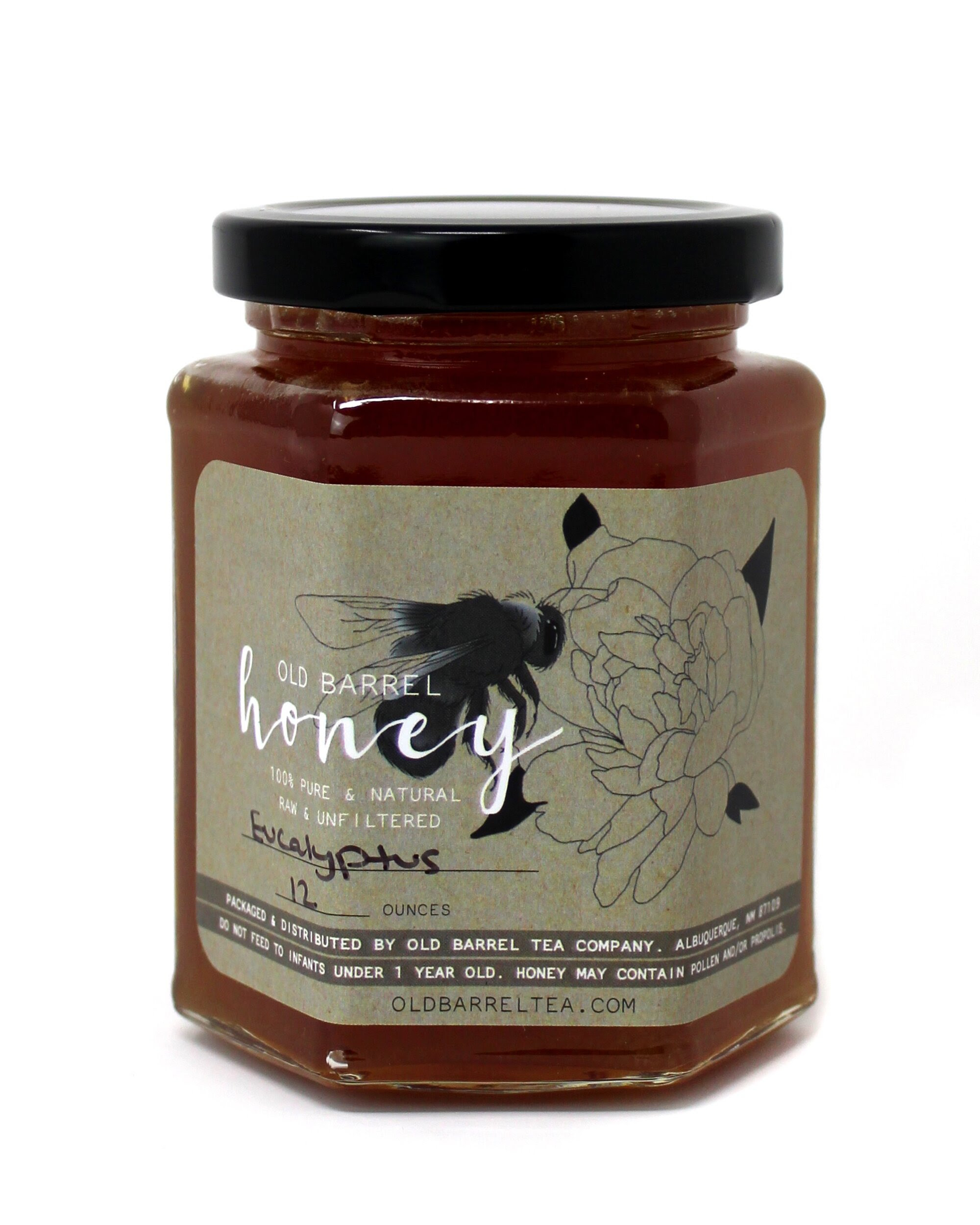
HONEY FACTS 💛
Share
H O N E Y
🍯 a phytonutrient powerhouse 🍯
The Story of Honey
The first depiction of humans using honey dates back to 2100 B.C. Many cultures from all over the world have used honey for thousands of years. Honey was believed to be so divine that ancient Egyptians and Romans would use it as a sweetener of course, but also as a gift to their gods and even as an ingredient in embalming fluid. Some of the world's oldest honey (3,000 years old) was found in clay honey pots in an Egyptian tomb, King Tut's tomb to be precise. The purpose of this was to keep him happy on his celestial journey to the afterlife.
Did you know that you could technically still eat that 3,000 year old honey today? Honey has an eternal shelf life if it is natural and sealed property. This is because of the chemical makeup of honey itself.
Honey is good for you. Like really good for you.
Raw and unfiltered honey is a phytonutrient powerhouse! Phytonutrients are compounds found in plants that help protect the plant from harm, and they can also protect the human body. This is because phytonutrients in honey are responsible for its antioxidant properties, as well as its antibacterial and antifungal power. They’re also thought to be the reason raw honey has shown immune-boosting and anticancer benefits.
Honey can also soothe a sore throat and help heal wounds!
How are different honeys made?
🐝
Honey starts as flower nectar collected by bees, which gets broken down into simple sugars stored inside the honeycomb. The design of the honeycomb and constant fanning of the bees' wings causes evaporation, creating that sweet, syrupy, golden elixir we all are obsessed with. Honey's color, flavor and texture depend on where the bees are pollinating and collect nectar, hence why we name our honeys mesquite, salt cedar, orange blossom, etc.!
HEY HONEY, NEED SOME HONEY?
⬇



